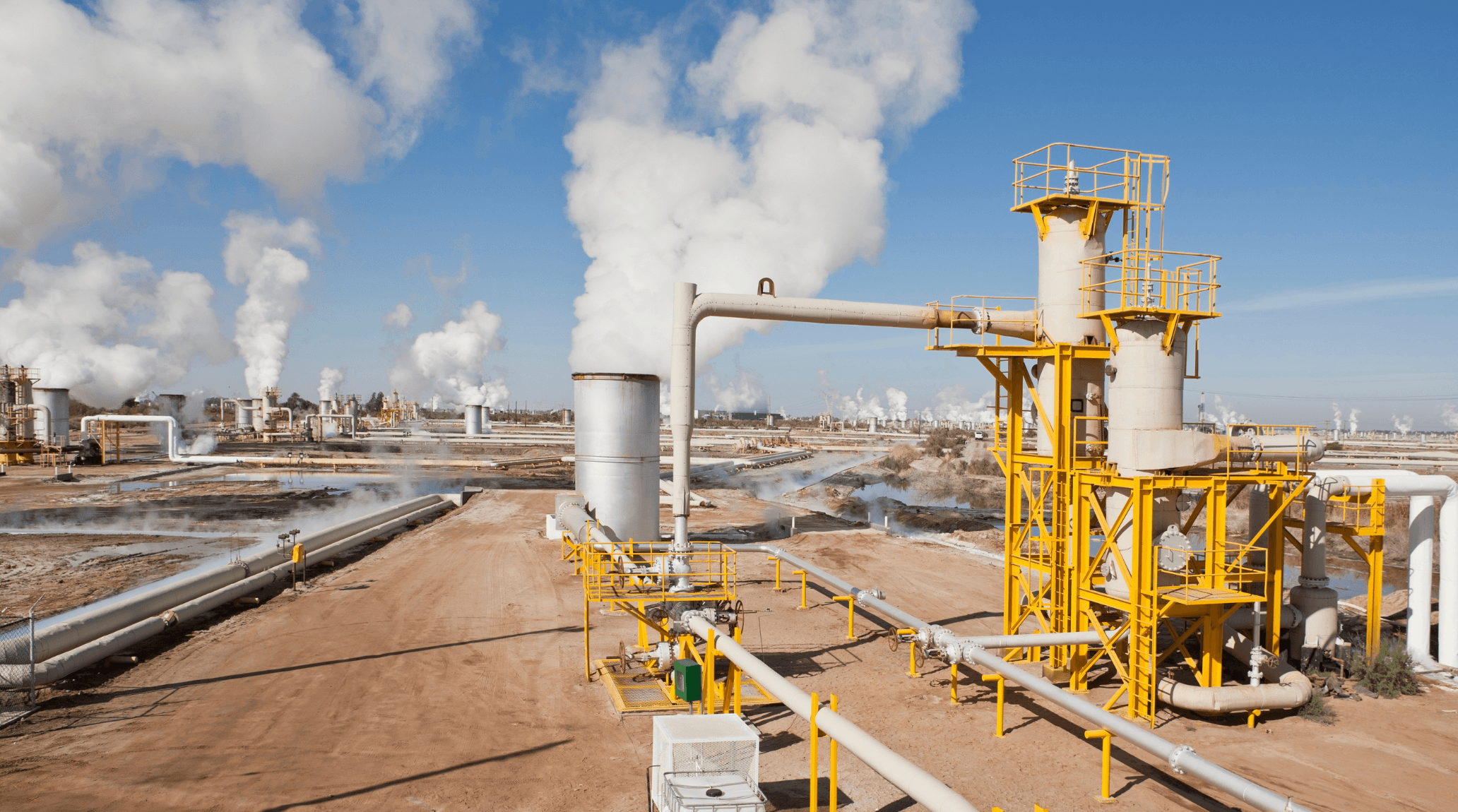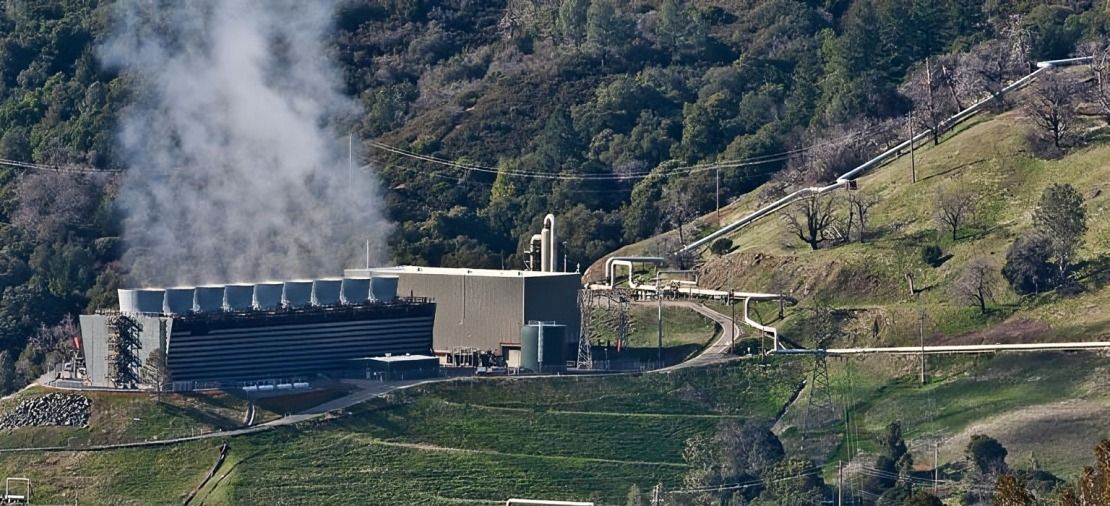
“
Geothermal energy is one of the most promising renewable energy sources, harnessing the Earth's natural heat to generate power. Unlike fossil fuels, it is sustainable, highly efficient, and environmentally friendly, producing minimal greenhouse gases. As technology advances, the potential for geothermal energy to play a significant role in the global energy mix continues to grow. Here are 20 interesting facts about geothermal energy that will shed light on its potential and significance.1
1
”
Geothermal energy has ancient roots, used by early civilizations for heating and bathing. Today, advancements in technology have made geothermal heat a reliable renewable energy source, addressing modern energy needs sustainably. 1
Iceland leads globally in geothermal energy, generating 30% of its electricity from volcanic heat. This commitment showcases Iceland's unique geological advantage and dedication to reducing reliance on fossil fuels. 2

Located in California, The Geysers is the world's largest geothermal power plant, utilising underground steam reservoirs for clean energy generation. It demonstrates geothermal energy's scale and capability in providing reliable electricity.
Geothermal power plants emit minimal greenhouse gases, offering a cleaner alternative to fossil fuel-based electricity. This environmental benefit supports climate change mitigation efforts and improves air quality. 3
Geothermal energy directly heats homes, spas, and greenhouses from underground heat sources. These applications provide sustainable and reliable heating solutions, reducing energy costs and environmental impact. 4
Geothermal heat pumps efficiently transfer heat between buildings and the ground for heating and cooling. They reduce energy consumption and operational costs while maintaining indoor comfort effectively.5
The first modern geothermal power plant in 1904 in Italy marked a milestone in renewable energy history. It demonstrated the feasibility of harnessing underground heat for electricity production, paving the way for global development. 6
Geothermal systems are scalable from small residential units to large power plants, meeting diverse energy demands globally. This adaptability makes geothermal energy suitable for various local conditions and energy needs. 7

Enhanced Geothermal Systems (EGS) create underground reservoirs to enhance geothermal energy production. These technologies aim to expand geothermal resources' accessibility and effectiveness for sustainable electricity generation.
The Earth's crust holds vast heat reservoirs that can sustainably meet global energy demands. Utilizing these abundant geothermal resources offers a reliable energy source for future generations. 8
Geothermal energy provides stable baseload power, complementing intermittent renewables like wind and solar. This capability ensures consistent electricity supply, reducing dependency on weather conditions. 9
Geothermal power plants operate at high capacity factors exceeding 90%, ensuring continuous electricity production. This high operational efficiency makes geothermal energy a dependable power source for communities and industries.10
Geothermal energy development creates jobs in drilling, engineering, and maintenance, stimulating local economies. These economic benefits support sustainable development in geothermal-rich regions and improve livelihoods. 11
Some geothermal power plants use binary cycle technology to harness lower temperature resources efficiently. This technology maximizes energy extraction, enhancing project viability and efficiency. 12
Hot Dry Rock technology extracts heat from impermeable rocks via water circulation, expanding geothermal resource accessibility. It contributes to broader adoption of geothermal energy worldwide. 13
Geothermal energy reduces dependence on imported fuels, enhancing energy security for countries with abundant resources. This localized energy source ensures stable and affordable energy supply, minimizing global fuel price fluctuations. 14
Geothermal projects have minimal environmental impact, prioritizing geological and ecological considerations. This sustainable approach preserves natural habitats and mitigates environmental degradation. 15
Geothermal heat contributes to therapeutic hot springs, promoting relaxation and health benefits. These natural features not only attract tourism but also support physical and mental well-being. 16
Geothermal energy integrates seamlessly with other renewables, providing stable energy that complements intermittent sources like wind and solar. This synergy enhances energy resilience and supports a sustainable energy transition.17
Ongoing research in geothermal technologies focuses on efficiency improvements and cost reductions. These advancements drive innovation, making geothermal energy more competitive and accessible globally. 18


